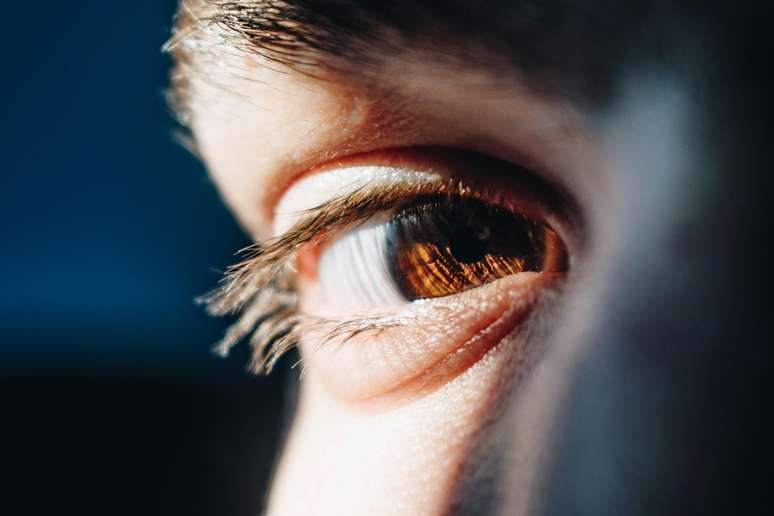According to an expert, this is one of the most frequent complaints in ophthalmology offices this season.
Winter is here, and with it, the drier, colder days. For many people, this season means increased eye discomfort, itching, burning, and a feeling of sand in the area. But don’t worry! With a few simple steps, you can alleviate the symptoms of dry eye syndrome and maintain eye health throughout the season.
What is dry eye syndrome?
Dry eye syndrome (DED) is a common condition that affects the quality of life of millions of people. It occurs when there is an imbalance in the production or quality of tears, which are essential for lubricating, nourishing, and protecting the surface of the eye.
“Dry eye syndrome occurs when there is an imbalance in the production or quality of tears, which are essential for eye health and clarity of vision. Tears function to lubricate, nourish and protect the ocular surface. When production is insufficient or the composition of tears is inadequate, the ocular surface becomes more vulnerable to irritation and infection,” he explains. Earth you the ophthalmologist Tiago Cesar Pereira Ferreira.
According to the specialist, these are the most common symptoms of the syndrome:
- Stinging or burning eyes;
- Sensation of sand or foreign body;
- Redness and irritation of the eyes;
- Photophobia (sensitivity to light);
- Blurred vision;
- Reflex tearing (in response to irritation).
The doctor says that several factors can contribute to the development of dry eye syndrome, including natural aging and hormonal changes, especially in postmenopausal women, prolonged exposure to environments with air conditioning, central heating and low humidity, reduced blinking frequency when using computers, smartphones and tablets and the use of contact lenses that can interfere with the stability of the tear film.
“In addition, conditions such as diabetes, autoimmune diseases and the use of certain medications also contribute to the development of the problem,” he emphasizes.

The best and worst habits for your eyesight
Tips to ease discomfort
To reduce the symptoms and irritation of the syndrome, Tiago lists some alternatives: “Drinking plenty of water helps keep the body and eyes well hydrated, using humidifiers indoors to increase the humidity of the air, taking frequent breaks when using electronic devices to blink and rest the eyes, keeping the eyelids clean can help remove debris and reduce inflammation, using preservative-free lubricating eye drops, as directed by the doctor, to help keep the eye surface moist, and wearing sunglasses to protect the eyes from wind and sun.”
In more severe cases, however, the ophthalmologist may prescribe specific treatments, such as eye drops with different formulations to integrate the natural production of tears, anti-inflammatory eye drops to reduce inflammation of the ocular surface, tear plugs to reduce tear drainage and increase ocular humidity, or Intense Pulsed Light (IPL) therapy to improve the function of the Meibomian glands and the quality of the lipid layer of tears.
Dry eye syndrome is a chronic condition that requires ongoing care. By following the tips above and consulting a doctor, you can control your symptoms and maintain eye health all year round. Take care of your eyes and enjoy the winter!
Source: Terra
Ben Stock is a lifestyle journalist and author at Gossipify. He writes about topics such as health, wellness, travel, food and home decor. He provides practical advice and inspiration to improve well-being, keeps readers up to date with latest lifestyle news and trends, known for his engaging writing style, in-depth analysis and unique perspectives.








